
BMW 2-Series Gran Tourer (2015-2024) engines, drive and performance
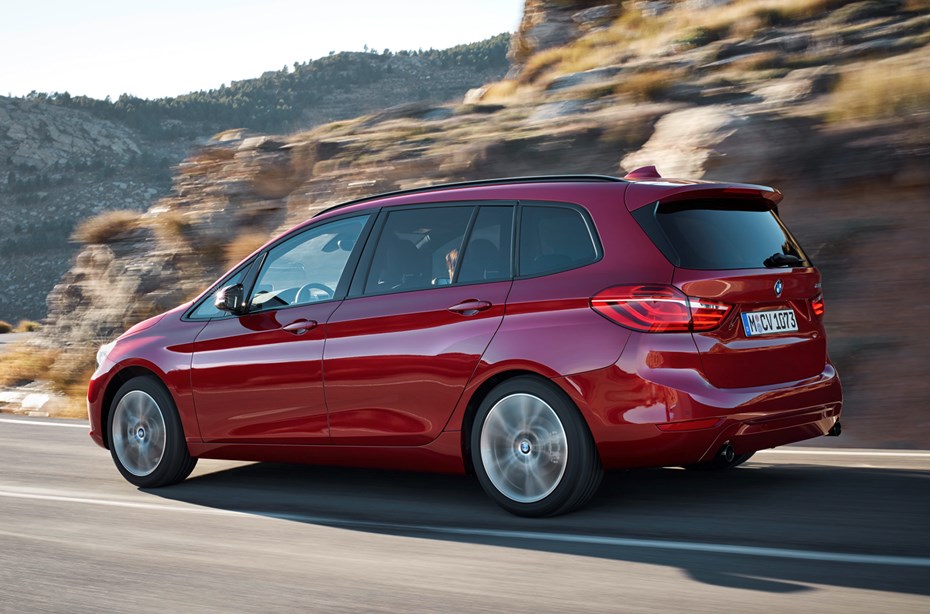
With family-friendly practicality as its key focus, BMW 2 Series Gran Tourer performance is not a priority for the majority of the petrol- and diesel-engined range, but there are versions that offer more speed for those who desire it.
All engines feature the firm’s EfficientDynamics fuel-saving measures, including standardised stop/start.
Diesels will prove popular
With its three-cylinder 1.5-litre diesel engine, BMW claims the 216d is the most efficient car in this segment, with claims of up to 68.9mpg and CO2 emissions of 108g/km. It’s only available with a six-speed manual transmission.
Essentially the same engine found in the latest generation of MINIs, the 216d’s motor produces a modest 114bhp, with peak torque of 270Nm available from a low 1,750rpm. This translates into a 119mph top speed and a 0-62mph dash of 11.4 seconds.
Choose the four-cylinder, 2-litre diesel installed in the 218d and you can opt for an eight-speed automatic gearbox in place of the standard six-speed manual. Producing 148bhp and 330Nm of torque, again from 1,750rpm, performance is usefully increased – 127mph top speed for the manual, 128mph for the automatic, both posting identical 0-62mph times of 9.5 seconds.
Running costs aren’t severely punished either; BMW claiming 64.2mpg and 115g/km of CO2 regardless of transmission choice.
Initially available only with xDrive four-wheel drive (front-wheel drive versions will be available by the end of 2015), is the 220d, solely fitted with the eight-speed automatic.
Power from its 2-litre diesel motor is upped to 187bhp, with 400Nm of torque once again on tap from 1,750rpm. Top speed is recorded at 135mph, while the sprint from 0-62mph is considerably brisker at 7.8 seconds.
Despite this the 220d xDrive is claimed to return 57.6mpg with CO2 emissions of 129g/km.
Smooth petrols available
From launch the 2 Series Gran Tourer’s available with a pair of petrol engines, with a third – the 216i – joining the line-up in late 2015.
Using another engine shared with the MINI Hatch is the 1.5-litre, three-cylinder 218i, producing 134bhp and 220Nm from a remarkably low 1,250rpm. Manual and automatic gearboxes are available, both six-speeders.
Both transmissions post 0-62mph sprint times of 9.8 seconds in the 218i, although the manual’s top speed is 1mph higher at 127mph.
Running costs are marginally lower for the manual version with claims of 53.3mpg, versus 52.3mpg for the automatic, with CO2 emissions of 123g/km and 126g/km respectively.
Topping the performance stakes is the 220i, powered by a 189bhp 2-litre unit delivering 280Nm, again from that low 1,250rpm figure.
Gearbox choices of a six-speed manual or an eight-speed automatic, push the former on to a top speed of 139mph, the automatic 1mph slower. Sprints from 0-62mph are virtually identical too, the manual losing 0.1 seconds to the automatic’s 7.8 second time.
Choose the automatic for lower running costs too, with official claims of 47.9mpg and 138g/km, compared to the manual’s 44.8mpg and 145g/km claims.
While the BMW 2 Series Gran Tourer doesn’t handle with the same degree of involvement as the firm’s sportier offerings, it does set a new standard for compact seven-seater MPVs. Nothing else in this segment feels as rewarding to thread through a series of challenging corners.
Such is the degree of finesse dialled into the handling arrangement, that most drivers would be hard-pressed to notice most Gran Tourers are front-wheel drive – you really do have to press on with gusto into bends to feel the BMW gently push wide into a predictable, safe understeer.
It’s a less-pronounced phenomenon in the four-wheel drive-equipped 220d xDrive, with power being directed to the wheels in such a way that cornering lines are even tighter.
Whichever you choose there’s a well-judged weight to the steering and a satisfying degree of feedback to judge the levels of grip the front wheels are experiencing.
Whether most seven-seater people-carrier customers particularly want a car that they can throw confidently through a number of B-road bends remains to be seen. The trade-off is that it corners relatively flatly, preventing passengers from rolling left and right in their seats.
Less positive is the firm ride quality, noticeably less supple than the Grand C4 Picasso in particular. While the harshness of bumps isn’t transmitted to the cabin, the ride is firm enough to mean passengers feel most of the ruts driven over.
Opting for BMW’s electronic Dynamic Damper Control lessens the blows to a significant degree, but they’re still more noticeable, giving the 2 Series Gran Tourer a ride quality that’s more akin to a sporty hatchback than a family MPV.



.jpg)
.jpg)
.jpg)
.jpg)
.jpg)
.jpg)
.jpg)
.jpg)
.jpg)
.jpg)
.jpg)
.jpg)
.jpg)
.jpg)
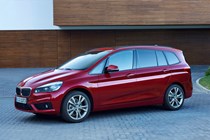
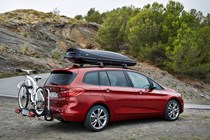
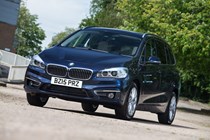
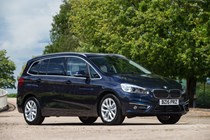
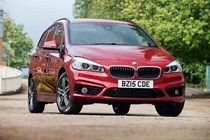
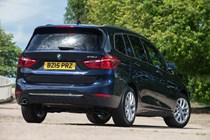

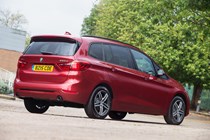
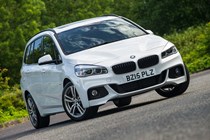

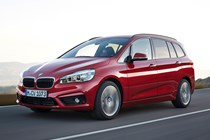
.jpg)
.jpg)
.jpg)
.jpg)
.jpg)
.jpg)
.jpg)
.jpg)
.jpg)
.jpg)
.jpg)
.jpg)
.jpg)
.jpg)
.jpg)
.jpg)
.jpg)
.jpg)
.jpg)
.jpg)
.jpg)
.jpg)
.jpg)
.jpg)
.jpg)
.jpg)
.jpg)
.jpg)
.jpg)
.jpg)
.jpg)
.jpg)
.jpg)
.jpg)
.jpg)
.jpg)
.jpg)
.jpg)
.jpg)
.jpg)
.jpg)
.jpg)
.jpg)
.jpg)
.jpg)
.jpg)
.jpg)
.jpg)
.jpg)
.jpg)
.jpg)
.jpg)
.jpg)
.jpg)
.jpg)
.jpg)
.jpg)
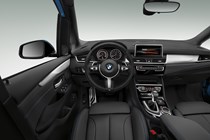
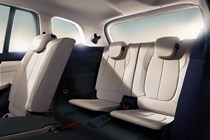

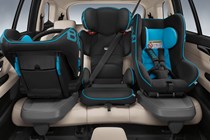

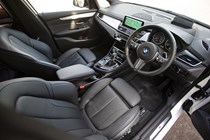
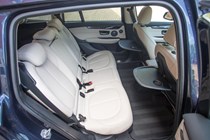
.jpg)
.jpg)
.jpg)
.jpg)
.jpg)
.jpg)


.jpg)
.jpg)
.jpg)
.jpg)
.jpg)

.jpg?quality=50)
.jpg?quality=50)
.jpg?quality=50)
.jpg?quality=50)
.jpg?quality=50)
.jpg?quality=50)
.jpg?quality=50)
.jpg?quality=50)
.jpg?quality=50)
.jpg?quality=50)
.jpg?quality=50)
.jpg?quality=50)
.jpg?quality=50)
.jpg?quality=50)











.jpg?quality=50)
.jpg?quality=50)
.jpg?quality=50)
.jpg?quality=50)
.jpg?quality=50)
.jpg?quality=50)
.jpg?quality=50)
.jpg?quality=50)
.jpg?quality=50)
.jpg?quality=50)
.jpg?quality=50)
.jpg?quality=50)
.jpg?quality=50)
.jpg?quality=50)
.jpg?quality=50)
.jpg?quality=50)
.jpg?quality=50)
.jpg?quality=50)
.jpg?quality=50)
.jpg?quality=50)
.jpg?quality=50)
.jpg?quality=50)
.jpg?quality=50)
.jpg?quality=50)
.jpg?quality=50)
.jpg?quality=50)
.jpg?quality=50)
.jpg?quality=50)
.jpg?quality=50)
.jpg?quality=50)
.jpg?quality=50)
.jpg?quality=50)
.jpg?quality=50)
.jpg?quality=50)
.jpg?quality=50)
.jpg?quality=50)
.jpg?quality=50)
.jpg?quality=50)
.jpg?quality=50)
.jpg?quality=50)
.jpg?quality=50)
.jpg?quality=50)
.jpg?quality=50)
.jpg?quality=50)
.jpg?quality=50)
.jpg?quality=50)
.jpg?quality=50)
.jpg?quality=50)
.jpg?quality=50)
.jpg?quality=50)
.jpg?quality=50)
.jpg?quality=50)
.jpg?quality=50)
.jpg?quality=50)
.jpg?quality=50)
.jpg?quality=50)
.jpg?quality=50)







.jpg?quality=50)
.jpg?quality=50)
.jpg?quality=50)
.jpg?quality=50)
.jpg?quality=50)
.jpg?quality=50)


.jpg?quality=50)
.jpg?quality=50)
.jpg?quality=50)
.jpg?quality=50)
.jpg?quality=50)